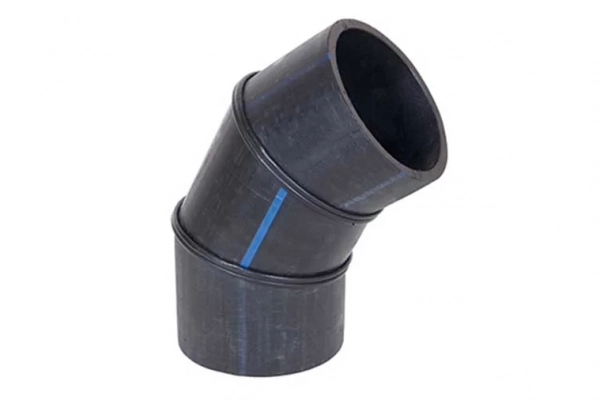
HDPE Puddle Flanges: Purpose and Types
HDPE puddle flanges are important components when it comes to fluid management and containment. Whether you work in industrial, water treatment, or construction processes, knowing these elements can make a big difference in the outcome of your project.
What Are HDPE Puddle Flanges?
HDPE puddle flanges are specialized fittings designed to create watertight seals where pipes pass through concrete walls or floors. Made from High-Density Polyethylene (HDPE), they offer exceptional durability and chemical resistance.
The Purpose of HDPE Puddle Flanges
The primary function of HDPE puddle flanges is to prevent water leakage at pipe penetration points. They’re particularly valuable in structures like:
- Water tanks
- Swimming pools
- Basement walls
- Retaining walls
- Sewage treatment plants
These flanges block water infiltration and possible structural damage by forming a strong seal.
Types of HDPE Puddle Flanges
1. Standard Puddle Flange
The most common type, standard HDPE puddle flanges, feature a flat disc with a central opening for the pipe. They’re cast directly into concrete during construction, forming an integral part of the structure.
Key features:
- Simple design
- Cost-effective
- Suitable for most applications
2. Anchor Flange
Anchor flanges incorporate additional “fins” or protrusions that extend into the concrete. This design provides extra stability and resistance to movement.
Benefits:
- Enhanced structural integrity
- Ideal for high-pressure applications
- Better resistance to pulling forces
3. Double Puddle Flange
As the name suggests, double puddle flanges feature two flange discs connected by a short pipe section. They’re used when a pipe needs to pass through thick walls or in situations requiring extra sealing protection.
Advantages:
- Increased sealing surface area
- Suitable for thick wall applications
- Provides redundancy in critical installations
4. Puddle Flange with Waterstop
Some HDPE puddle flanges come with an integrated waterstop—a flexible strip that extends into the concrete. This addition provides an extra barrier against water penetration.
Benefits:
- Enhanced water-tightness
- Ideal for high-water-table areas
- Provides additional protection in critical applications
5. Customized Puddle Flanges
For unique projects or specific requirements, customized HDPE puddle flanges can be manufactured. These might include special sizes, shapes, or additional features tailored to particular needs.
Advantages:
- Perfect fit for non-standard applications
- Can incorporate specific design requirements
- Optimized for unique project challenges
Installation Considerations
Proper installation is crucial for the effectiveness of HDPE puddle flanges. Key points to consider include:
Correct positioning: The flange must be perfectly aligned with the pipe and wall.
Secure fastening: Ensure the flange is firmly held in place during concrete pouring.
Proper concrete vibration: This eliminates air pockets around the flange.
Careful pipe connection: The pipe must be securely attached to the flange to maintain the seal.
Quality control: Regular inspection during and after installation is essential.
Maintenance and Longevity
One of the key advantages of HDPE puddle flanges is their low maintenance requirements. HDPE is resistant to corrosion, chemical attack, and UV radiation, ensuring a long service life. However, periodic inspections are recommended to check for any signs of wear or damage, especially in critical applications. [Top Products and Applications in UAE]
Choosing the Right HDPE Puddle Flange
Selecting the appropriate puddle flange depends on several factors:
- Wall thickness
- Pipe diameter
- Pressure requirements
- Environmental conditions
- Regulatory standards
Consulting with a specialist or professional HDPE puddle flanges supplier can help ensure you choose the right type for your specific application.

